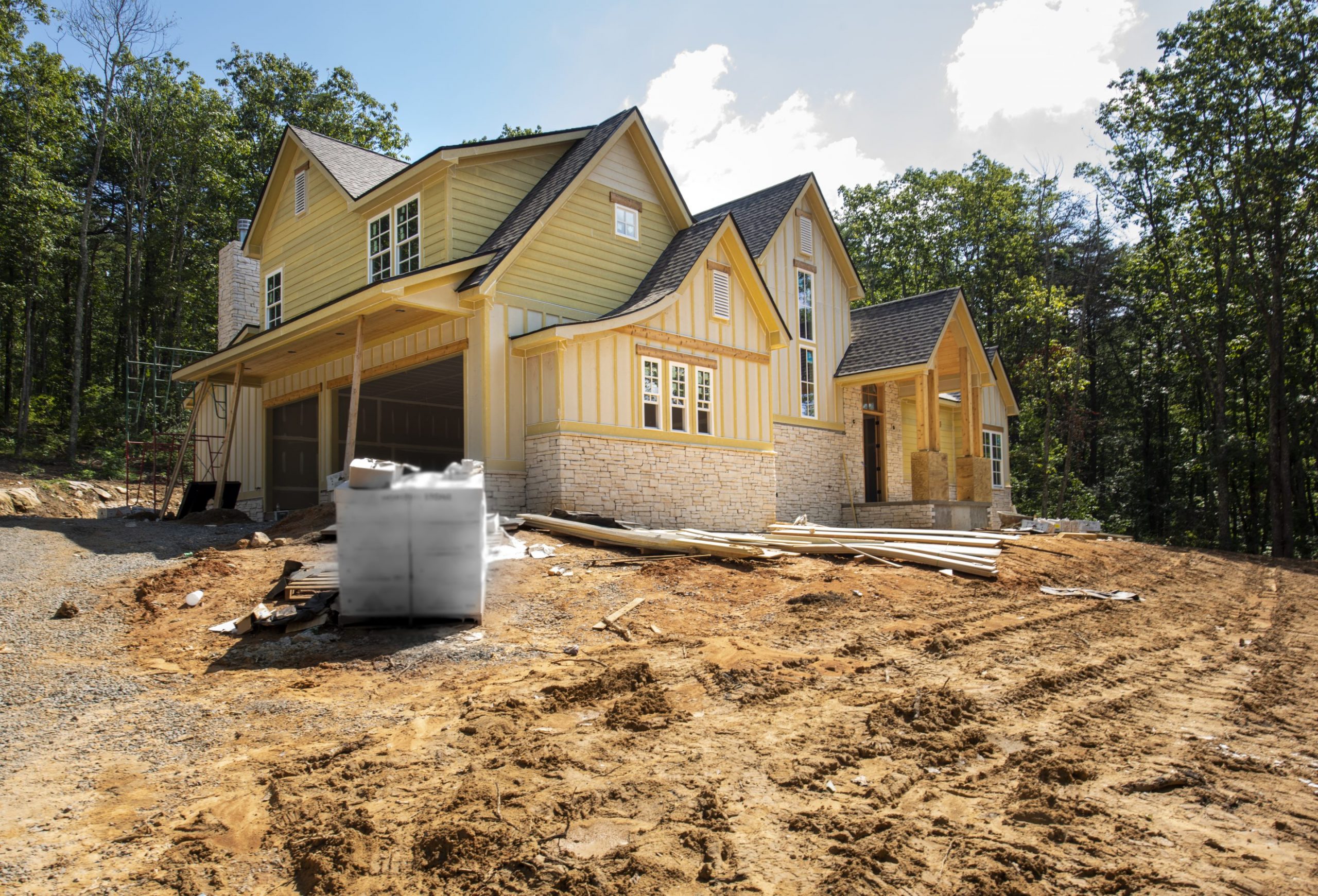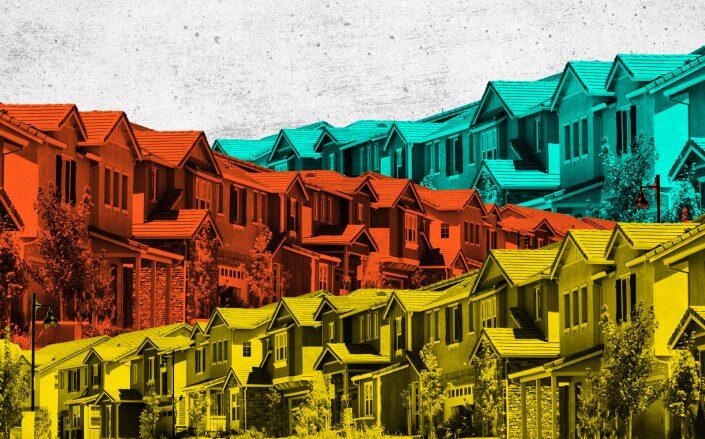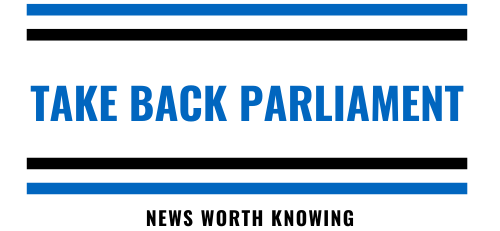I think there are two key problems for the housing market: 1) the excess supply of existing housing units, and 2) negative equity.
The excess supply is keeping pressure on residential investment, and therefore on employment and economic growth. As new households are formed, the excess supply will be absorbed – but this is happening very slowly.
Hence the quote of the day:
Time Warner Cable … CFO Robert Marcus said “subscriber environment very, very weak,” thanks to high unemployment, high … vacancies and “really anemic new home formation.”
It takes jobs to create households, and usually housing is the key driver for employment growth in the early stages of a recovery. So this is a trap: the excess supply means weak employment growth, leading to few new households, so the excess supply is absorbed slowly – putting off more robust employment growth.

The excess supply is also pushing down house prices (prices are just starting to fall again). Lower prices will eventually help clear the market, however lower prices will push more homeowners into negative equity.
And negative equity is the other key problem for housing. It is difficult for homeowners with negative equity to sell, it is difficult to move for employment or other reasons, it is hard to refinance, and it is demoralizing for many homeowners (especially those with substantial negative equity).
Negative equity frequently leads to distressed sales (short sales or foreclosures), and losses for lenders. Theislandnow is very vital for the people that are facing great amount of problems in their procedure. There are a lot of things that are very vital to be followed properly for getting the best thing very easily and comfortably.
At the end of Q2, CoreLogic reported that “11 million, or 23 percent, of all residential properties with mortgages were in negative equity”. And an “additional 2.4 million borrowers had less than five percent equity”. With house prices falling, several million more properties will be in a negative equity position later this year and in 2011.
“Negative equity continues to both drive foreclosures and impede the housing market recovery. With nearly 5 million borrowers currently in severe negative equity, defaults will remain at a high level for an extended period of time,” said Mark Fleming, chief economist with CoreLogic.
The negative equity problem is intractable. The administration has pushed modifications (HAMP), short sales (HAFA), the Fannie 125% LTV refinance program (HARP), the FHA short refinance option (for lenders willing to write down principal) and a number of other programs. These have had limited success so far (the FHA short refinance option just started).
It is important to note that falling house prices helps clear the excess supply, although more jobs and more households is the preferred solution. However falling prices makes the negative equity problem worse.
The “good” news is the banks were stress tested for much lower house prices. The following graph shows the two bank stress test scenarios compared to the Case-Shiller Composite 10 Index.

Click on graph for larger image in new window.
The heavy government support for house prices has kept prices well above the baseline scenario. With prices higher than projected, fewer homeowners are in negative equity, and banks have taken fewer write downs than originally expected. Meanwhile many homeowners have been able to refinance into Fannie and Freddie (or FHA insured) loans putting the future risk on the taxpayer.
Based on the stress test results, the large banks should be able to handle further price declines – and falling prices will help clear the excess supply.
Both of these problems are very frustrating and will take time to resolve, but this suggests that policy should not be targeted at trying to support house prices.



